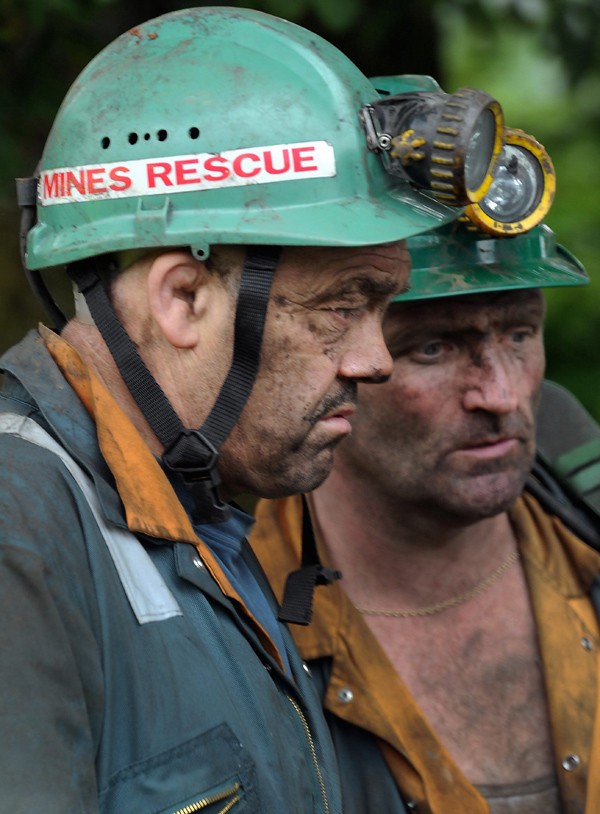LONDON — Rescue workers found the body of a fourth miner in a flooded coal mine in south Wales, dashing hopes that the last trapped miner would be found alive as a close-knit community was forced to confront the kind of tragedy it thought it had left long in the past.
South Wales chief constable Peter Vaughan called the unfortunate outcome of the search-and-rescue operation Friday “the one that none of us wanted,” because police had held out hope of finding some of the miners alive. It is Britain’s worst fatal mining accident in years.
Officials don’t know what caused the accident at the Gleision Colliery near Swansea, in south Wales, an area once synonymous with coal mining, but where the industry all but disappeared since Britain’s labour strife of the 1980s.
“This is the end that we all feared but hoped against hope wouldn’t happen,” said local lawmaker Peter Hain. “This has been a stab right through the heart of these local communities.”
The four miners have been named as Phillip Hill, 45, Charles Bresnan, 62, David Powell, 50, and Garry Jenkins, 39.
Three other miners managed to get out of the mine after the accident Thursday morning. One was in the hospital listed as critically ill, while the two others escaped largely unharmed and were aiding in the rescue operation.
Prime Minister David Cameron called the mining tragedy “a desperately, desperately sad situation,” adding that there would be “sorrow” in the community as it came to terms with its loss.
Rescue teams had been working around the clock, pumping water out of the pit, excavating blockages and shoring up the tunnels. Divers trying to reach the men had been earlier forced to abandon their attempts.
Hain extended his sympathies to the miners’ families — sentiments echoed by Archbishop of Canterbury Rowan Williams, who said he was praying for all involved.
“We thought in south Wales that the days of mining accidents were behind us, but we were wrong,” said Wales First Minister Carwyn Jones. He extended his thoughts and sympathies to the family and praised rescue workers for their hard work and expertise.
“All that was humanly possible was done,” he said, adding that people around the world are standing shoulder to shoulder with those affected by the tragedy.
Cameron is being updated regularly on the situation and has been in touch with local police and Hain, according to a spokeswoman for the prime minister.
The mine burrowed into a steep and isolated hillside, is one of the few remainders of Britain’s once-mighty mining industry.
South Wales’ mining industry was immortalized in Richard Llewellyn’s novel “How Green Was My Valley,” whose film version won the 1941 U.S. Academy Award as best picture. Cardiff, Wales’ main port city, once led the world in coal exports.
However, Britain’s Conservative government under Margaret Thatcher shut down most of the country’s mines following a yearlong showdown in 1984 with the miners’ union. In the year of the strike, there were 196,000 miners working in Britain; now there are about 6,000.
The worst mining accident in British history was in 1913, when 439 miners were killed in a gas explosion at the Senghenydd colliery in South Wales. In a 1966 disaster that shocked the world, an avalanche of coal sludge buried a school in the village of Aberfan, killing 116 children and 28 adults.
Seven people have been killed in mining accidents in Britain since 2006, according to Health and Safety Executive statistics. That’s low relative to other countries. In the United States, 14 miners have been killed in accidents in the first half of 2011 alone.
———
Cassandra Vinograd and Jill Lawless in London contributed to this report.



